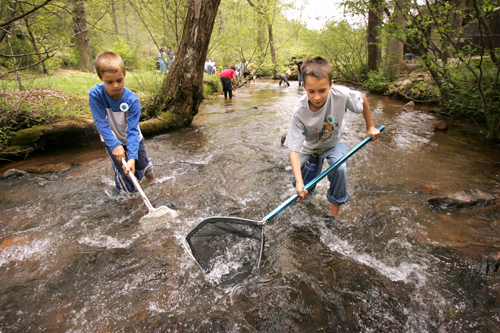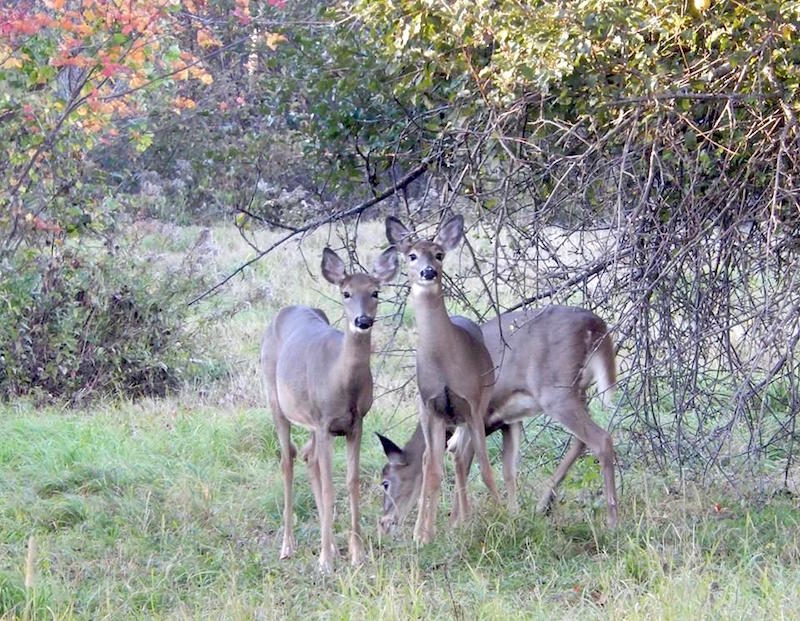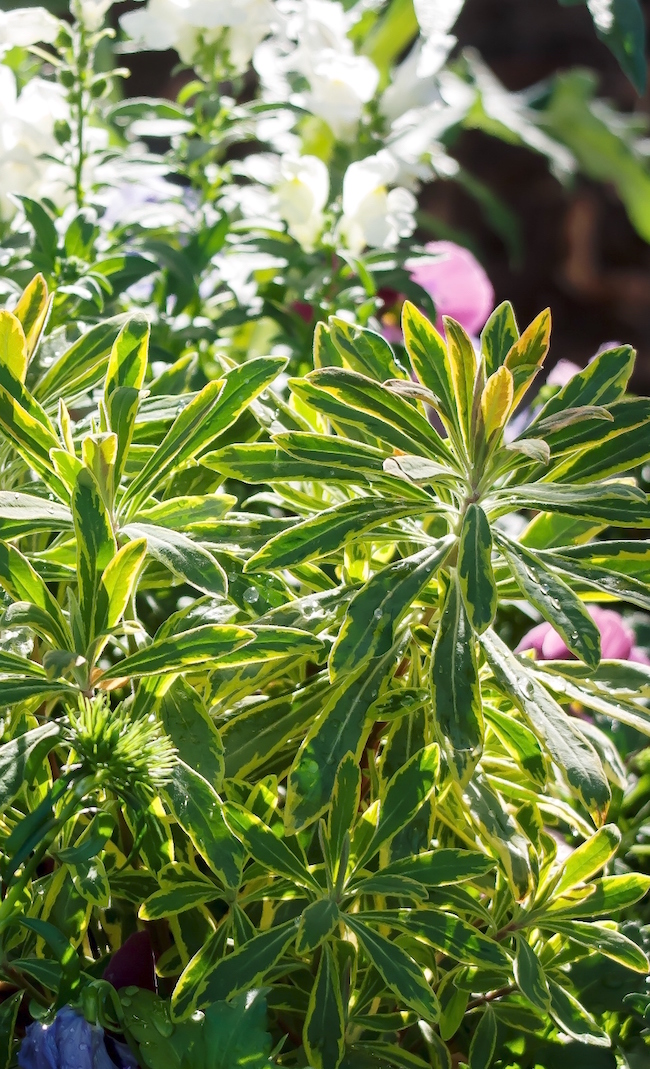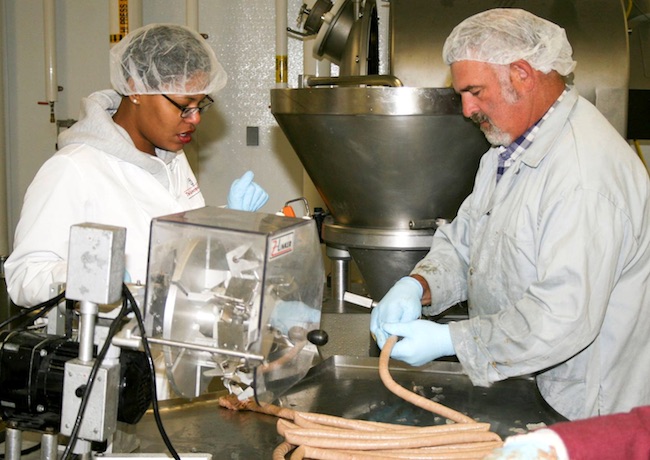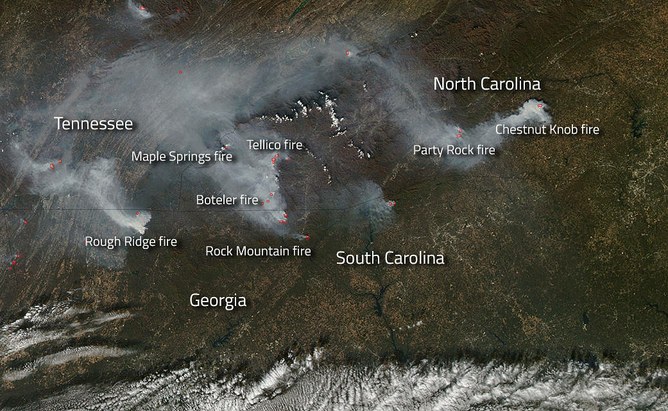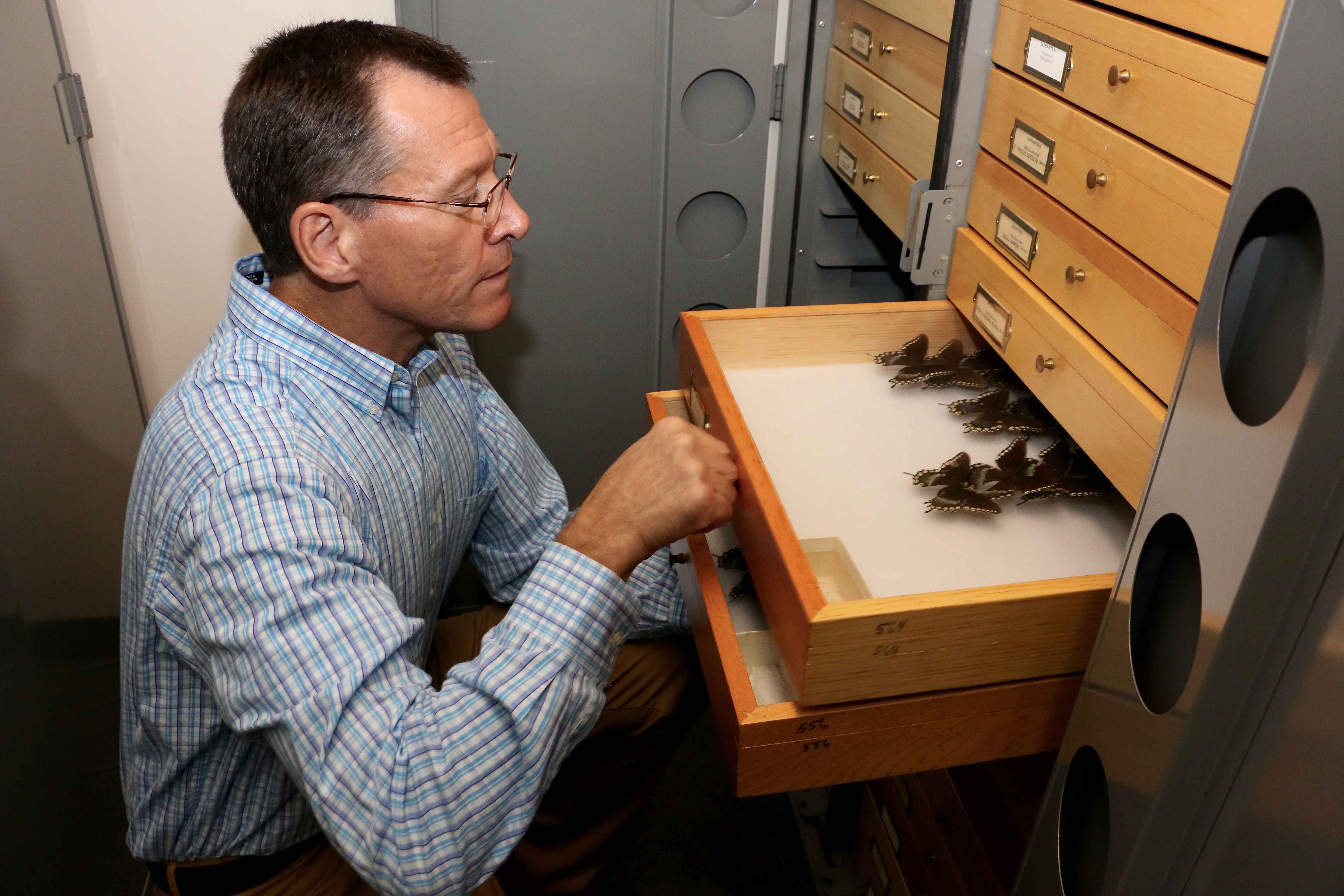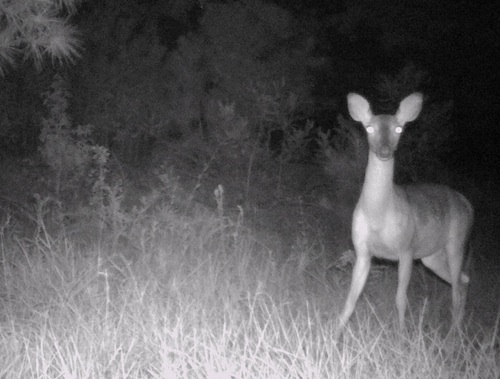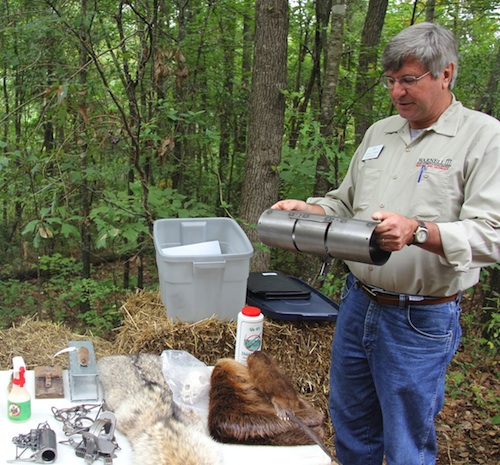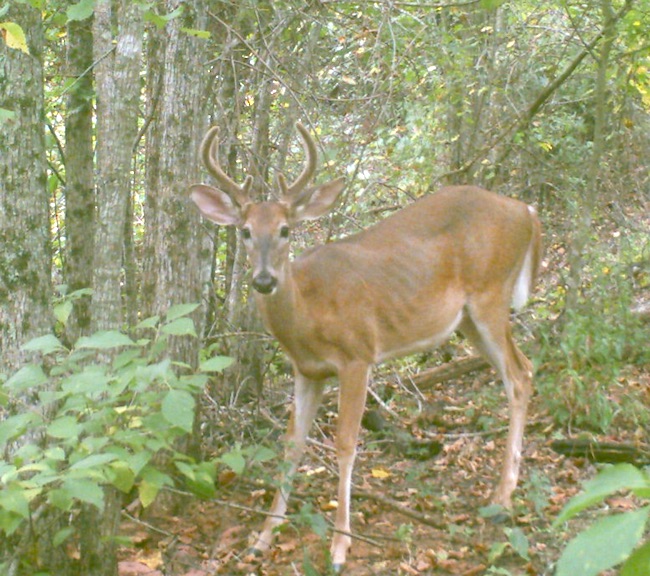 CAES News
CAES News
Deer Antlers
Deer antlers are not horns, though the two words are often used synonymously. Horns are permanent, keratinized epithelial cells. The protein keratin is required to harden those cells. Antlers, on the other hand, are derived from endothelial cells that are grown and shed annually. These cells are grown from the tip of the sequential antler and are made of osteocytes, or bone cells, that calcify and harden.

